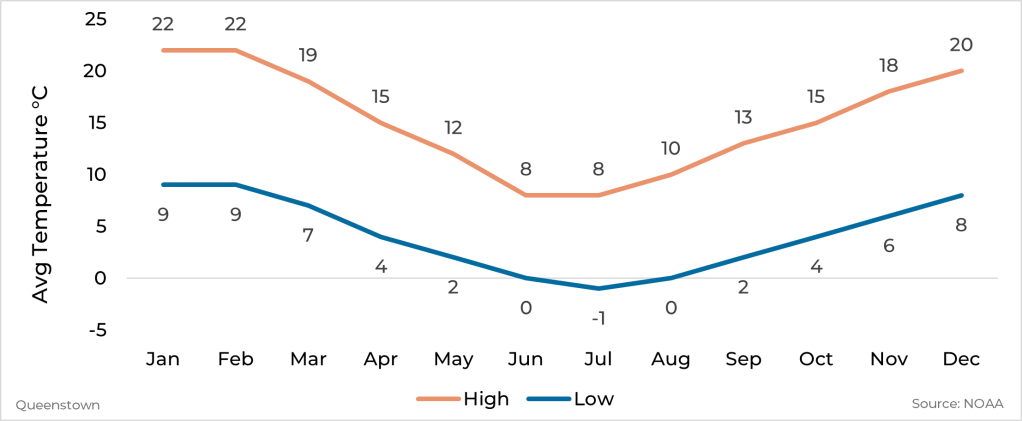The sparsely populated island is home to utterly stunning natural landscapes and wilderness. The island is one to be experienced in all its raw, unfiltered glory. And while great people, towns and the odd city are dotted amongst this outdoor playground. It’s the playground itself where the most fun is to be had.
The spine of the island is made up of the Southern Alps, whose snow-capped peaks form the foundation of the island’s natural wonder. Whether during the summer hiking season, or winter snowsports season, the peaks of the Southern Alps have to be explored. Mt Cook, New Zealand’s highest peak is best seen from the beautiful Hooker Valley, which is within touching distance of the great lakes of Pukaki and Tekapo. Further south is Mount Aspiring National Park, home to numerous hiking trails, while south still is the notorious Fordland National Park. Here one can explore the awe-inspiring Milford Sound or the lesser-explored Doubtful Sound. As well as yet another endless selection of world-class hikes.
In the north of the island, the peaks descend into golden sandy beaches of the Abel Tasman National Park, and you can’t quite believe this is the same island that only a few hours away is home to snow-capped mountains. Marlborough is not only home to world-class wineries but also the stunning Queen Charlotte Sound, which offers visitors the chance to get up close and personal with the local dolphin population.
As for adrenaline activities, the South Island has them all, with Queenstown a dream destination for those looking for a thrill. Activities include skiing, skydiving, paragliding, powerboating or jumping off a platform suspended 147m above a gorge attached to nothing more than a bungee cord. The South Island has to be seen to be believed and even then you’ll be pinching yourself to check that it’s real!
Top Recommendations
- Fiordland National Park, with its dazzling array of waterfalls & world-class tramping routes
- The adventure capital of NZ, Queenstown
- Hooker Valley & Mt Cook, the country’s highest mountain
- Mt Aspiring National Park, home to snow-capped peaks and more world-class hiking trails
- The golden sandy beaches of the Abel Tasman National Park
- Wanaka for its relaxed pace and stunning natural landscapes
When to Visit
As with all of the southern hemisphere, it’s essential to remember the seasons are in reverse compared to those in the northern hemisphere. The next thing to be mindful of is that being an island nation surrounded by ocean, New Zealand has a maritime climate, meaning it’s not unusual to experience four seasons in one day. Due to the South Islands’ lower latitude, the weather variations and seasonal changes are a little harsher compared to that of the North. Especially as one travels further south, with snow blanking the towering peaks of the southern alps throughout the year as well as lower-lying areas during the winter months.
Spring is a great time to visit with warm sunny days and a countryside bursting into life. The summer months of December to February offer the best weather but equally busier footfall and higher prices. While Autumn is often considered the best time to visit with many long sunny days still on offer and few crowds to contend with. For those after some winter snow, the months of June to August give rise to snow coverage on the high peaks, leading to skiing, snowboarding and beautiful crisp winter days. Although also be prepared for more difficult driving conditions and road closures on some of the high mountain passes at times.
Average monthly high and low temperatures, plus average monthly rainfall and days with rain can be seen below for Christchurch & Queenstown.




